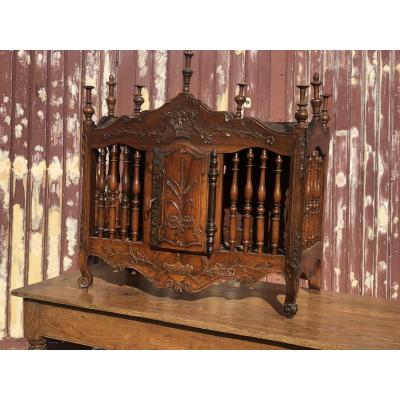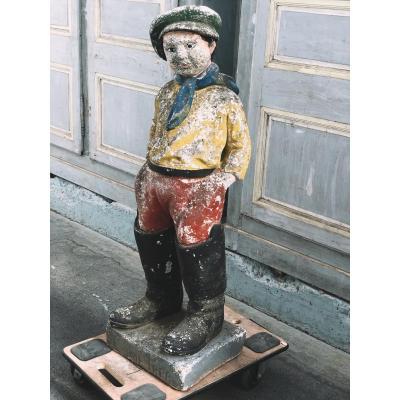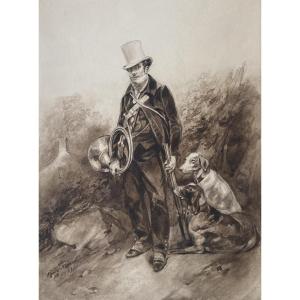Originally from La Bassée, the young Louis-Léopold Boilly did his apprenticeship in the neighboring town of Arras before settling in Paris in 1785. Spotted for his talents as a draftsman by his peers, he was admired during his first submission to the Salon of 1791 and attracted even more crowds in 1798 during the exhibition of his work Réunion d'artistes in Isabey's studio. Often copied during his lifetime, notably by the artist Henri Nicolas van Gorp (1758-1819) from whom it is sometimes difficult to distinguish, his work is identifiable by the particular softness that emanates from his models. An extremely prolific painter, he was in great demand by all classes of society, including the bourgeois, who also demanded their portrait from the hand of the man nicknamed the "master of small portraits". Categorized as a history painter and a genre painter, Boilly did not, however, like monumental formats. A true chronicler of Parisian life, he is appreciated for the truth that emanates from his works and prefers to play on the emotion transmitted through delicate testimonies whose format renders each model in an intimate atmosphere. He is a recognized painter, but also and above all a formidable draftsman. The care given to each portrait is reflected in the number of studies in black chalk, preparatory to his painted works. Our drawing is a great example. Exceptional in its format and in the meticulousness of the details, the artist gratifies our model with a rare grace and delicacy, even more refined than in the painted version, thinking of each element individually: fine white chalk highlights bring touches of light on the nose and forehead of the young woman, as well as volume in the folds of her dress emphasizing her chest, characteristic of the Directoire style. By an inscription in pen on the back of the work dating from the end of the 18th century, this young woman could be identified as being the Comtesse de Laubespin, born Levis-Mirepoix, a famous French family from the village of Lévis, known since the twelfth century. Like many of his other meticulous drawings, the profile of this young woman is even more harmonious than in the painted version – considered the final version – in which the artist simply dressed the young woman's neck with a fine necklace. gold (ill. 1) and removes the shawl that surrounds the right shoulder in our version. Here is the opportunity to acquire a testimony of the work of Louis-Léopold Boilly before the retrospective “Boilly. Parisian Chronicles” which will take place soon in Paris, at the Cognacq-Jay museum, from February 16 to June 26. Ill. 1 Portrait of a young woman with a gold necklace Oil on canvas, 21.5 x 16.5 cm Private collection, listed in the artist's catalog raisonné cat. 1578 PP, p. 820






























 Le Magazine de PROANTIC
Le Magazine de PROANTIC TRÉSORS Magazine
TRÉSORS Magazine Rivista Artiquariato
Rivista Artiquariato